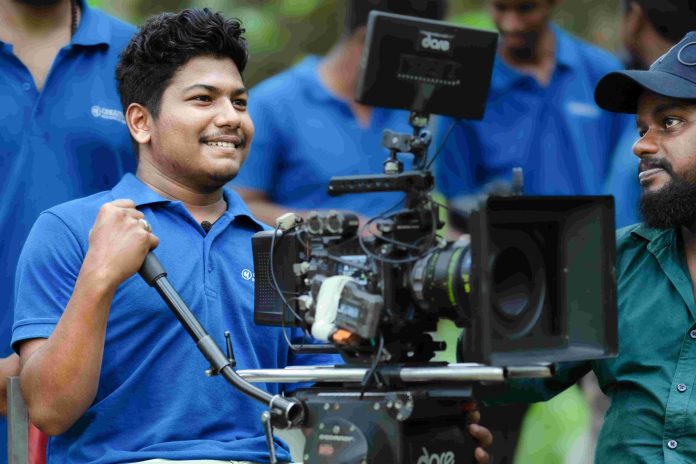The common coot, or Eurasian coot (Fulica atra), is 36–38 cm (14–15 in) long and has a wing-span of 70–80 cm (28–31 in). Males weigh around 890 g (31 oz), while females weigh about 750 g (26 oz). the coot’s large, muscular toes have partial webbing because it is a swimming species. The look of the sexes is comparable.

Steady Gaze The Eurasian Coot watches intently to the side.
The juvenile lacks the facial shield, is paler than the adult, and has a whitish breast. The white shield only fully develops at around one year of age, while the adult’s black plumage develops at around three to four months. Often heard at night, the Eurasian coot is a noisy bird with a broad range of crackling, exploding, or trumpeting criesThe birds construct a sturdy nest that forms a tidy, sizable bowl. It either floats on the water or sits in shallow water on a low or barely submerged stump or wood.

Focused Search The Eurasian Coot looks into water, searching.
Both sexes construct the nest using plant stems and leaves with a finer-grained lining. The male gathers most of the materials, and the female incorporates them. They lay six to ten smooth, slightly glossy, buff-colored eggs with black or dark brown speckles each day. The birds often hide the nest in vegetation, though they occasionally place it outdoors.
Copyrights : All the photos and texts in this post are the copyright of John Thomas and Creative Hut Institute of Photography and Film. Their reproduction, full or part, is forbidden without the explicit approval of the right owners.


